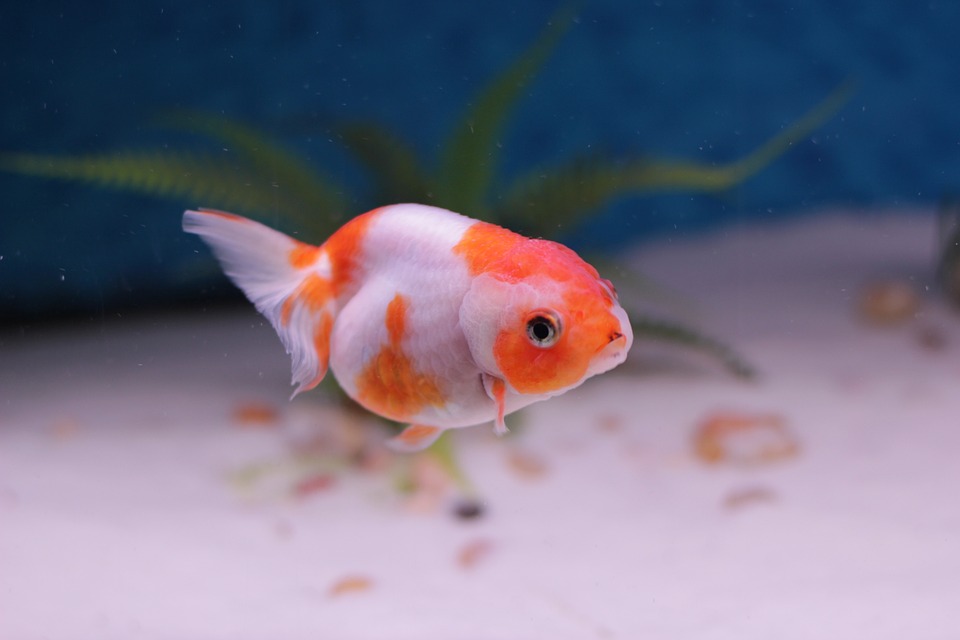Keeping a fish tank is a rewarding hobby, but it requires proper care and attention to ensure the well-being of your aquatic friends. One of the challenges that fish owners often face is dealing with external parasites. These tiny organisms can wreak havoc on your fish’s health if not addressed promptly. In this article, we will explore the various types of external parasites that affect fish and provide valuable insights on how to prevent and treat them effectively.
Types of External Parasites:
1. Ichthyophthirius multifiliis (Ich):
a. Description and Life Cycle: Ich is a common parasite that affects fish. It appears as small white spots on the fish’s body, fins, and gills. Ich has a life cycle that includes a free-swimming stage and an attachment stage, where it feeds on the fish’s skin and tissue.
b. Signs and Symptoms: Infected fish may exhibit symptoms such as increased mucus production, scratching against objects, loss of appetite, and rapid breathing.
c. Treatment Options: Treating Ich involves raising the water temperature gradually and using medications specifically designed to eliminate the parasite. It’s important to follow the instructions provided by the medication manufacturer.
2. Gyrodactylus and Dactylogyrus (Flukes):
a. Description and Life Cycle: Flukes are flatworm parasites that attach themselves to the fish’s body, fins, and gills. They reproduce rapidly and can cause severe damage to the fish’s tissues.
b. Signs and Symptoms: Infected fish may show signs of irritation, flashing, excessive mucus production, and respiratory distress.
c. Treatment Options: Flukes can be treated with medications containing active ingredients like praziquantel or formalin. Quarantining the affected fish and treating the entire tank is necessary to prevent reinfection.
3. Argulus (Fish Lice):
a. Description and Life Cycle: Argulus are crustacean parasites that resemble lice. They have sharp mouthparts and feed on the fish’s blood and tissue. They can be visible to the naked eye.
b. Signs and Symptoms: Infected fish may display symptoms such as excessive mucus production, scratching, inflammation, and wounds.
c. Treatment Options: Removing fish lice manually is a tedious task. Using medications containing active ingredients like organophosphates or pyrethroids can effectively eliminate these parasites.
Prevention Techniques:
1. Maintaining Water Quality:
a. Regular Water Changes: Regular water changes help maintain optimal water quality and reduce the risk of parasite infestations.
b. Proper Filtration System: A good filtration system helps remove waste and pollutants from the water, creating a healthier environment for the fish.
c. Monitoring Ammonia and Nitrate Levels: High levels of ammonia and nitrate can stress fish and make them more susceptible to parasites. Regularly testing and maintaining proper levels is crucial.
2. Quarantine New Fish:
a. Importance of Quarantine: Quarantining new fish for a few weeks before introducing them to the main tank helps prevent the introduction of parasites and diseases.
b. Duration and Procedures: Quarantine should typically last for about 4-6 weeks, during which the fish should be observed for any signs of parasites or illnesses. It is essential to keep the quarantine tank clean and maintain proper water parameters.
3. Avoid Overcrowding:
a. Understanding the Importance of Space: Overcrowding can lead to stress, poor water quality, and increased susceptibility to parasites. Providing enough space for each fish is vital.
b. Proper Stocking Density: Research the specific needs of each fish species and ensure that you do not exceed the recommended stocking density for your tank size.
4. Avoid Stressors:
a. Temperature Fluctuations: Sudden changes in water temperature can stress fish and weaken their immune system, making them more susceptible to parasites. Maintain a stable temperature in the tank.
b. Sudden Changes in Water Parameters: Gradual changes in water parameters are less stressful for fish. Avoid sudden fluctuations in pH, hardness, and other water parameters.
c. Poor Diet: Providing a balanced and nutritious diet is essential for the fish’s overall health and immune system. Poor nutrition can make them more vulnerable to parasites.
FAQs (Frequently Asked Questions):
Q1: How can I tell if my fish has external parasites?
A1: Look for signs such as white spots, scratching against objects, excessive mucus production, inflammation, and wounds on the fish’s body.
Q2: Can external parasites be transferred to humans?
A2: Most external parasites are specific to fish and do not pose a threat to humans. However, it’s essential to maintain good hygiene and avoid direct contact with infected fish or water.
Q3: Are there any natural remedies to treat external parasites?
A3: Some natural remedies like salt baths or herbal treatments may help in mild cases of parasite infestation. However, it’s crucial to consult with a veterinarian or aquatic specialist for proper guidance.
Q4: Is it necessary to treat the entire tank if only one fish is affected?
A4: Yes, treating the entire tank is necessary as parasites can quickly spread to other fish and the tank environment.
Q5: How long does it take for external parasites to be eliminated?
A5: The time required to eliminate external parasites depends on the type of parasite, treatment method, and the overall health of the fish. It can range from a few days to several weeks.
Conclusion:
Preventing and addressing external parasites in fish tank fish is essential for maintaining a healthy and thriving aquatic environment. By understanding the types of parasites, their life cycles, and implementing effective prevention techniques, you can significantly reduce the risk of infestation. Regular observation, proper water quality management, and responsible fishkeeping practices will go a long way in ensuring your fish’s well-being. Remember, early detection and prompt treatment are crucial in successfully combating external parasites and keeping your fish happy and healthy.









